Time-domain modeling of interband transitions in plasmonic systems
Summary (expand/hide)
Efficient modeling of dispersive materials via time-domain simulations of the Maxwell equations relies on the technique of auxiliary differential equations. In this approach, a material’s frequency-dependent permittivity is represented via a sum of rational functions, e.g., Lorentz poles, and the associated free parameters are determined by fitting to experimental data. In the present work, we present a modified approach for plasmonic materials that requires considerably fewer fit parameters than traditional approaches. Specifically, we consider the underlying microscopic theory and, in the frequency domain, separate the hydrodynamic contributions of the quasi-free electrons in partially filled bands from the interband transitions. As an illustration, we apply our approach to gold and demonstrate how to treat the interband transitions within the effective model via connecting to the underlying electronic band structure, thereby assigning physical meaning to the remaining fit parameters. Finally, we show how to utilize this approach within the technique of auxiliary differential equations. Our approach can be extended to other plasmonic materials and leads to efficient time-domain simulations of plasmonic structures for frequency ranges where interband transitions have to be considered.
Default Region Image



